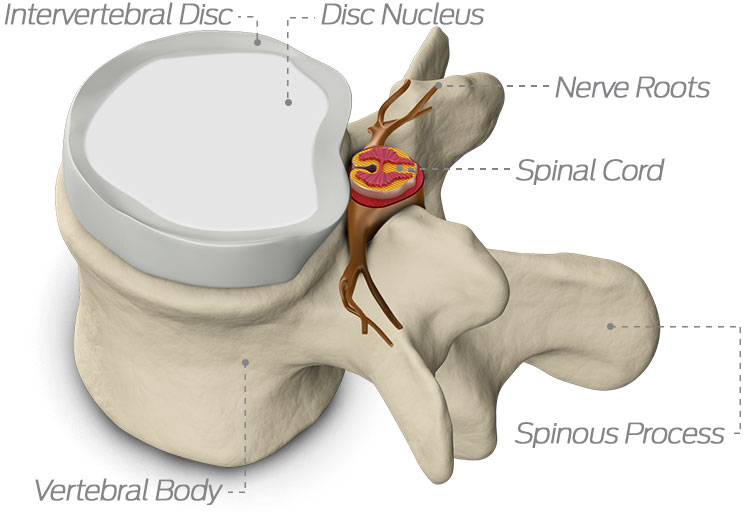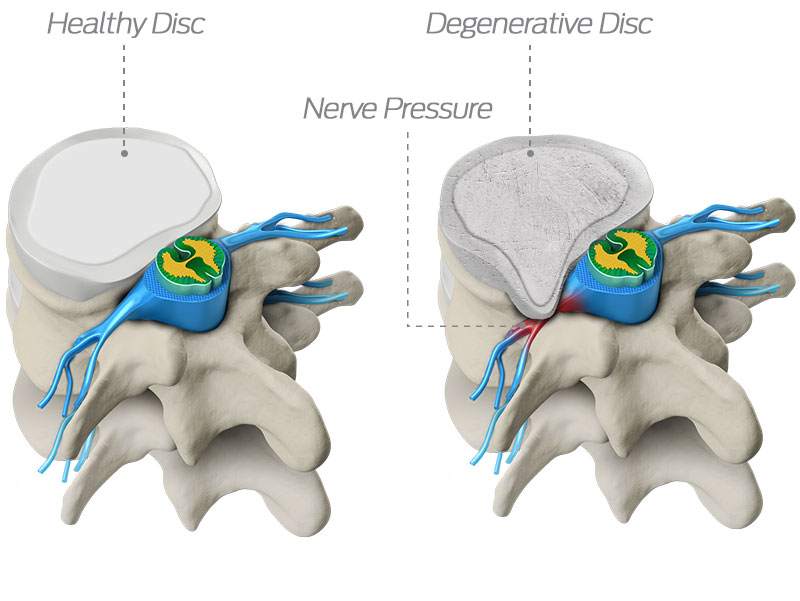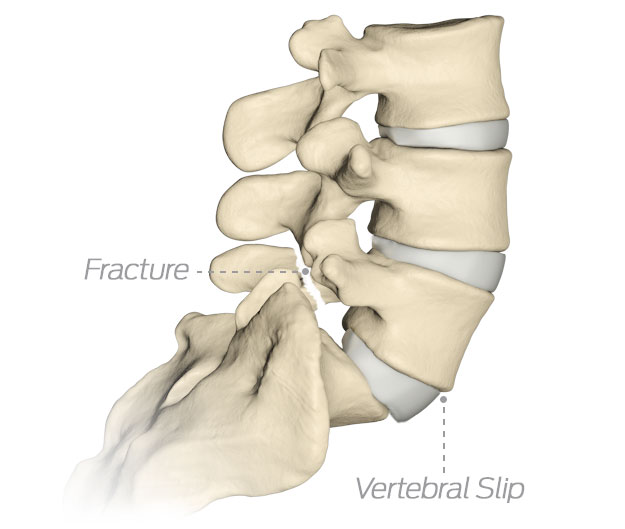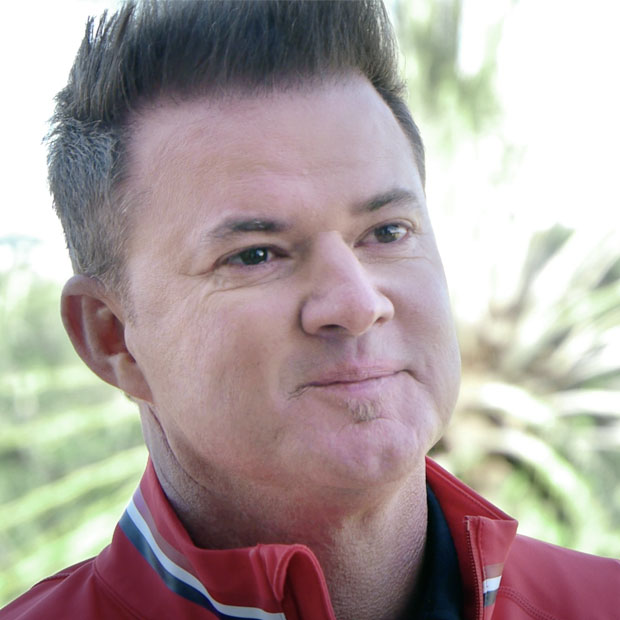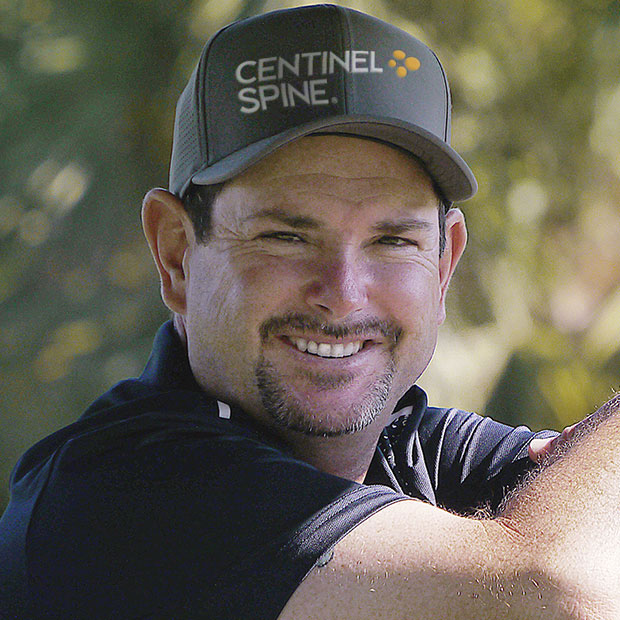About the Spine
The human spine is divided into 4 distinct sections of bones known as “vertebrae”. At the top of the spinal column,
the cervical spine anatomy (or neck anatomy) is made up of 7 vertebrae. Just below with 12 vertebrae, the
thoracic spine anatomy comprises the mid-torso section of the human body. Below that is the lumbar spine anatomy with 5 vertebrae.
Finally, at the very bottom of the spinal column—in the area of the hips—is the sacrum, the triangular-shaped portion made up of 5 fused bones.
All voluntary movement in your body is controlled by the brain, whose main communication pathway to the muscles is a
large bundle of nerves collectively known as the spinal cord. Protection for this critical pathway is provided by the bones
of the spinal column.
These bones, or vertebral bodies, have a number of important functions—one is to encircle and guard the spinal cord
against trauma and another is to provide the skeletal support we need to walk upright.


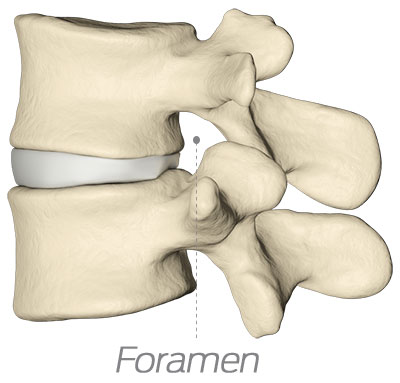 Between each pair of vertebrae is a spinal disc that acts like a shock absorber and provides flexibility during your daily activities.
Between each pair of vertebrae is a spinal disc that acts like a shock absorber and provides flexibility during your daily activities.
